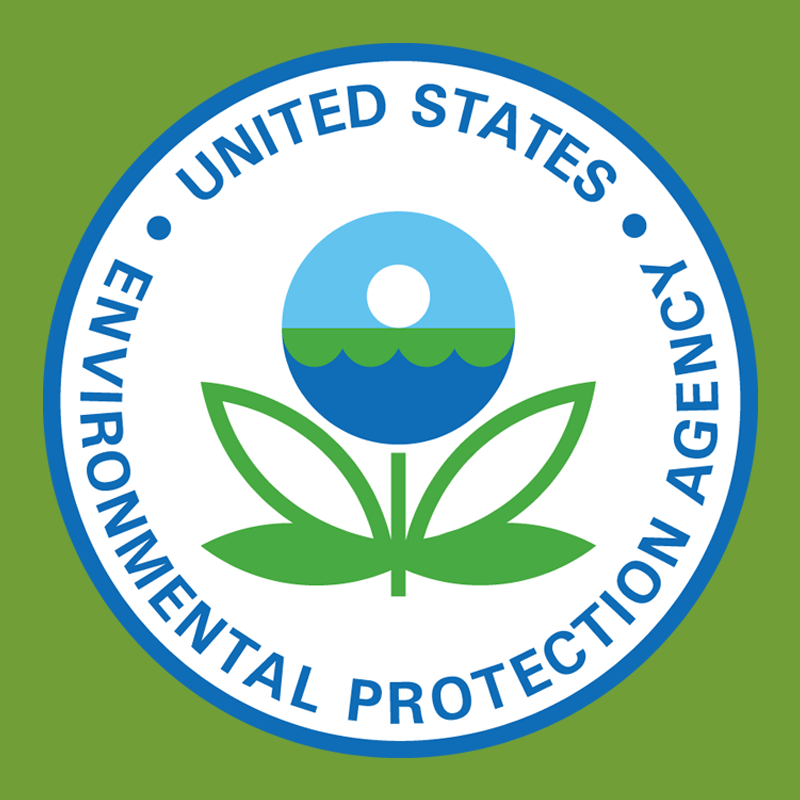EPA: ‘DeRoyal one of 23 at highest risk’
Published 1:38 pm Friday, June 2, 2023
|
Getting your Trinity Audio player ready...
|
The U.S. Environmental Protection Agency held its public hearing last evening to discuss the ramifications of toxic ethylene oxide emissions originating at the DeRoyal plant in New Tazewell. One of the major takeaways is that the factory is one of 23 “at highest risk” among a total of 86 commercial sterilizers spread across the country. The EPA says those at highest risk in Claiborne County are living, working or attending school nearby DeRoyal. The risk model used in the study considered those within a one-half mile radius of the plant who breathed the air 24/7 during a 70-year lifespan. Meteorological studies including air currents were also considered along with what types of operations DeRoyal currently uses to ‘scrub’ the EtO.
Those living in the subdivision directly across from DeRoyal are believed to be at high risk. Joe Payne, who is a longtime resident of that subdivision, said he lives .69 of a mile from the factory – barely over the study radius of one-half mile.
Payne said his wife recently passed away from adenocarcinoma lung cancer. He spoke of one study of cancers caused by ethylene oxide, referring to the Concise International Chemical Assessment study that was published by the World Health Organization.
“In here adenocarcinoma cancers are mentioned 29 times when talking about incidents caused by exposure to ethylene oxide by inhaling or through contact with skin. Adenocarcinoma cancer forms in the glandular tissue which lines certain internal organs and makes and releases substances in the breast, lung, esophagus, stomach, colon, rectum, pancreas, prostate and uterus,” said Payne.
He quoted another study, this one from a doctor connected with the Environmental Protection Agency. The study was conducted on 7,576 women employed and exposed to EtO for an average of 10.7 years while working at a commercial sterilization plant. There were 319 incidences of breast cancer from the study ascertained through death certificates, interviews, cancer registries and other methods, he said.
Those attending the Heritage Christian Academy are also likely to be at high risk. The school campus is located about one-fourth of a mile from the plant.
Academy Headmaster Gail Leonard said there had been a high rate of cancers at the school.
“In the last six years, we’ve had nine teachers develop cancer – three of those teachers in their 30’s and 40’s died. Two had very serious cancer. The others had various skin cancers – melanoma. Out of a faculty of 14, that’s over 50 percent of our teachers. Something’s wrong there,” said Leonard. “The safety of these children and the teachers are of the utmost importance to this community. There needs to be some sort of investigation and that’s what I’m requesting tonight.”
Leonard was told that there is a cancer cluster study being done in New Tazewell by the Tennessee Department of Health. When completed, the results will be handed over to the Tennessee Department of Environment & Conservation.
DeRoyal uses Ethylene oxide (EtO) to sterilize medical equipment and materials via acid water scrubbers and a catalytic oxidizer. The EPA has determined that gases from the process escape one of two ways – 13 percent of the gases are sucked into a control system that cleans EtO and breaks it down into much smaller amounts, according to Seneca Anderson, who works in the Toxic Air/Radiation Division of the EPA’s Southeast Region.
About 87 percent of EtO escapes through leaks and gaps around windows and doors. This type of escape is referred to as ‘fugitive emissions.’
“Unfortunately, fugitive emissions are not covered under the current regulations because when that regulation was written, their importance was not fully understood,” said Anderson, during the public hearing.
He said the proposed regulations would address greater control of the stack emissions passing through the control equipment. It will also require capture and elimination of the fugitive emissions currently unregulated at this time. Also in the proposal is the creation of stiffer accountability through testing, continuous “real-time” monitoring and recording of data.
If adopted, the new legislation is expected to reduce the amount of EtO emissions from all commercial sterilizers across the country by some 19 tons or 80 percent per year.
Anderson said the EPA is fast-tracking the compliance deadline to 18 months once the final rule is issued compared to the customary three years compliance period afforded in the Clean Air Act.
EtO does not last a long time once escaped into the outside air, he said.
For more information, log onto: www.epa.gov/eto.







